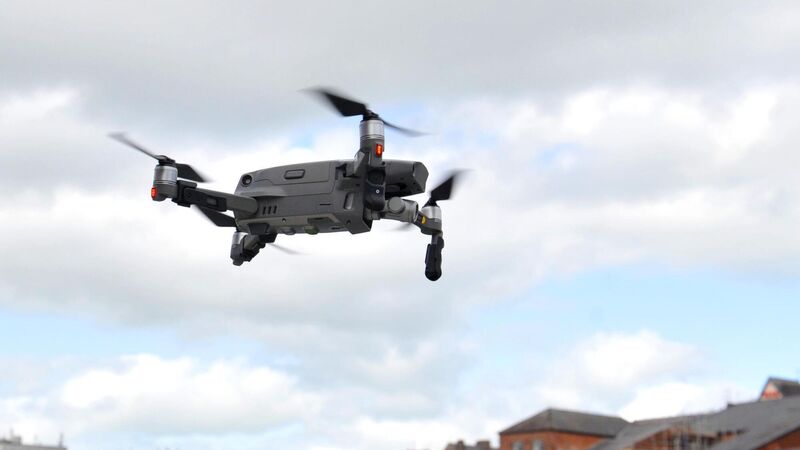Are drones flight of fancy or modern-day menace in the skies?

In online forums, most drone complaints stem from privacy concerns about the growing popularity of drone hobbyists, the people who fly drones for fun. But for many people beneath the drones, it’s anything but fun.
As the rain-soaked first responders worked frantically on Mountain Road in Clonmel last Friday night where a young brother and sister and their two best friends lay amidst the wreckage of their car, somebody else bowed to their less-than-noble instincts and decided to fly a drone right over the harrowing scene.
The footage they took was then shared on social media and by a news website, the invasion of privacy adding to the already incomprehensible pain of the families of Luke McSweeney, 24, and Grace McSweeney, 18, Nicole Murphy, 18, and Zoey Coffey, 18.













